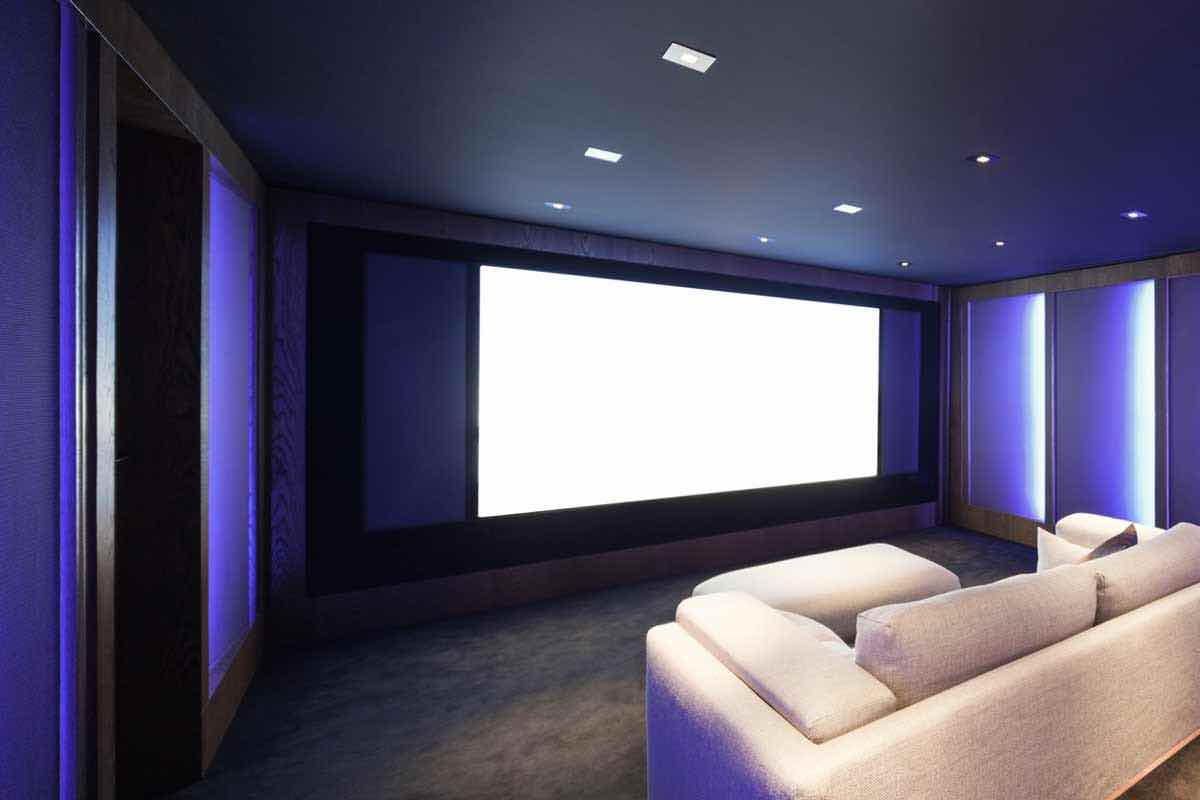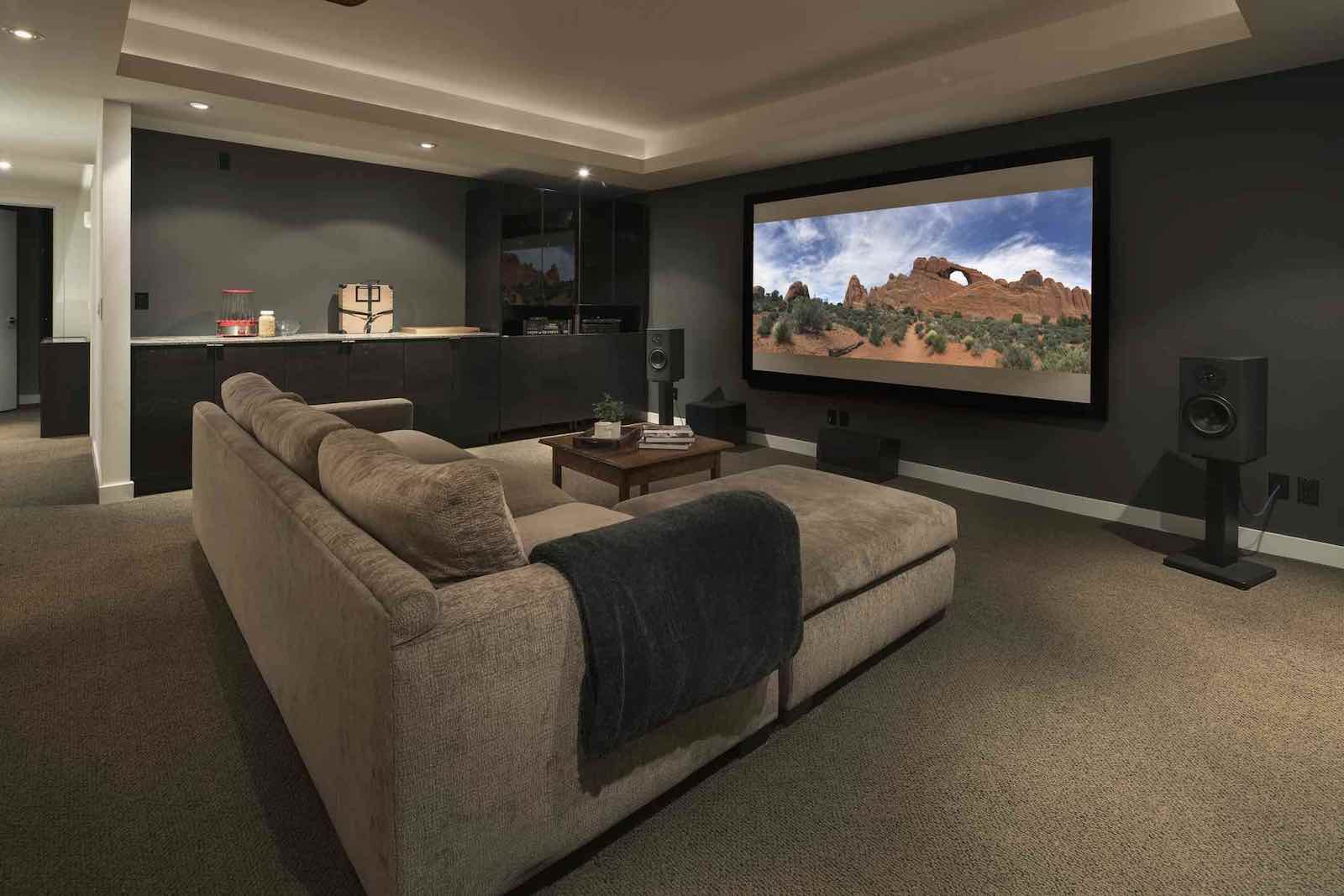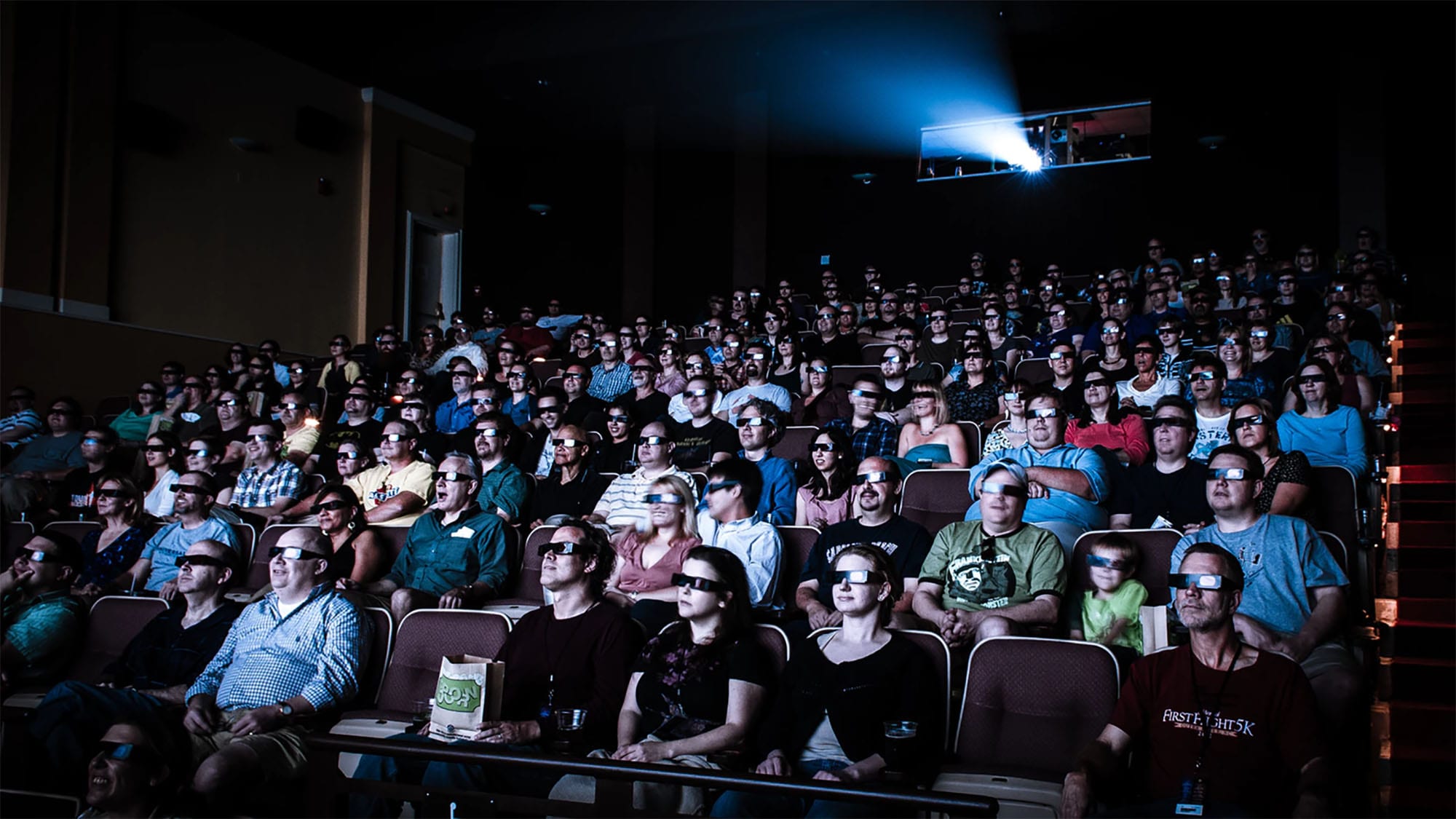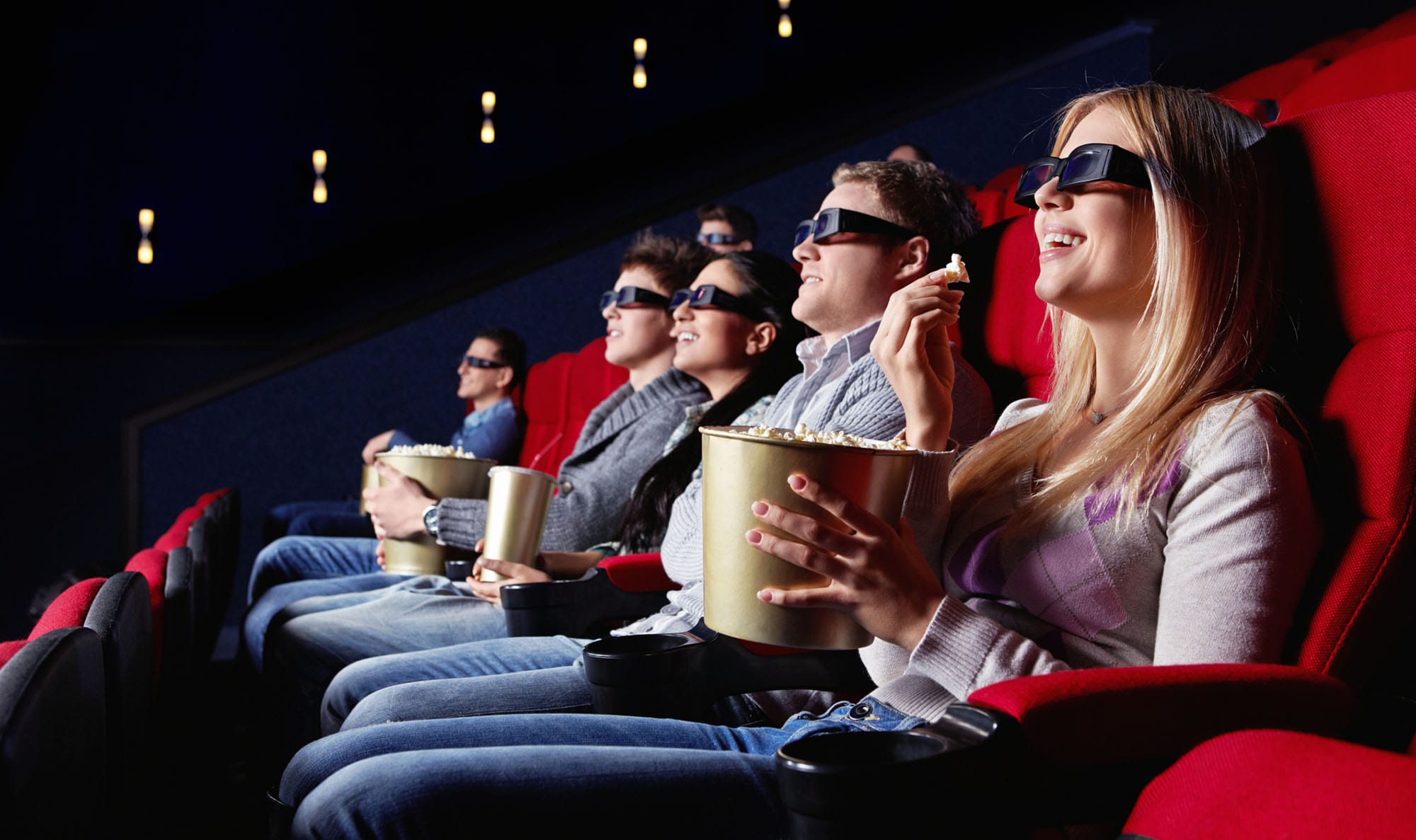
What’s the difference? Home vs. movie theater projectors
Modern movie theaters still project the image from the back of the space onto the screen in the front, so a lot of viewers probably don’t realize how much the system has changed behind the scenes. The days of reels are over. Theaters these days use digital projectors, with movies arriving on special drives that are hassle-free once they’re loaded.
The big question a lot of people ask is how different digital movie theater projectors are from the digital projectors you can get for your home theater. If money were no object, would a movie theater projector give you the best viewing experience, or is the difference bigger than just the size and price? Read on below to find the answers to these questions!
Make sure you learn more about grabbing the best 4k projector under 2000.

What do modern movie theaters use?
The majority of theaters today use what is known as Digital Cinema Projectors, or DCPs. In some ways you can think of these as souped-up versions of the projectors some people have in their homes, and they operate on the same basic concept: they project light onto a screen from a distance to produce a larger, clearer picture than what is possible with TVs. These days you can use projectors for multiple tasks such as projector for projection mapping, presentation, functions, and a lot.
Before a company can sell its projectors to movie theaters, it has to be approved by Digital Cinema Initiatives, an organization created in 2002 by the six top movie studios to establish and maintain digital image standards for the industry.
And this is only the first hurdle a DCP manufacturer has to get over. Professional theater projectors also have to include anti-piracy measures that protect the copyright and licensing restrictions of the content being played on them. These measures are in addition to the benchmarks a projector has to hit from a performance standpoint to be suitable for a movie theater.

Due to the restrictions noted above, there aren’t many people out there making Digital Cinema Projectors. In fact, only four companies are currently approved to make them by the DCI: Barco, Christie, NEC, and Sony.
The first three all use the same technology, known as Digital Light Processing (or DLP). They use millions of silicon micro-mirrors, one for each pixel, which allows them to create a picture with an incredible level of depth and detail.
The light from the lamp is split into the colors of the spectrum, which are then directed at the right mirrors. The forward lens combines these separate light beams into a cohesive image and projects it to the screen. Like home projectors, DLP projectors come in different resolutions, ranging from 1080p to 4K Ultra HD.

Sony DCPs use a different technology, which is known as Silicon Crystal Reflective Display (or SXRD). The basic idea is the same: the lamp’s beam is split into separate colors and directed at a reflective surface (in this case, the silicon crystal) to create the pixels of the image.
The main difference is the way they present the stereo image: DLP projectors show the left and right eye images in sequence, while SXRD projectors split the chip and use half for each eye. Sony was the first company to make DCI-compliant 4K projectors. Since the SXRD technology was designed with 4K resolution in mind, it’s not available in lower resolutions.
Now you know how modern digital movie projectors work. But how do they differ from home projectors? There are 3 key ways:

1) DCPs are permanent and home projectors are portable.
Professional projectors are hefty pieces of equipment – some DCPs weigh over 100 pounds even before you put the lamp in. The setup is also more involved and requires technical expertise to calibrate the image correctly. Since most DCP projectors will be consistently used in the same conditions and position their entire life, the difficulty of transport and setup aren’t issues the manufacturers consider.
Home theater projectors are a lot easier for laymen to set up and adjust quickly, so you can tweak the placement or even move it to a different room without a lot of hassle. Some home projectors are even intended to be portable and can be used either indoors or outdoors.

2) DCPs are built for larger spaces and screens.
Movie theaters are large spaces with little to no ambient light. The screens vary in size but conform to a standard ratio. DCPs are designed to work within these specifications. They can produce images up to 50 feet tall, while home theater projectors top out at a diagonal of 300” (or about 8-10 feet tall).
Lamps on movie theater projectors are also more powerful, able to put out up to 20,000 lumens of illumination. Even high-end consumer projectors rarely put out more than 4,000 lumens, which is plenty for in-home applications.

3) They play different kinds of content.
Instead of reels, movie studios now send Digital Cinema Packages (also, confusingly, referred to as DCPs). These can be sent as a physical unit, such as a hard drive or disc, or sent via satellite and unlocked by the theater with a special key.
Many commercial projectors have other inputs for connections like HDMI and VGA, but you’ll find more options in this regard on a high-end home theater projector than you will on a commercial model.

What’s the bottom line on DCPs?
In broad terms, DCPs work in the same way as home theater projectors, but there are differences beyond a more powerful lamp. From a practical standpoint, maybe the biggest difference is the price: commercial projectors cost upward of $100,000. The replacement lamps alone cost $300-$400, nearly half of the price of most popular Optoma home projectors.
As you can see above, a DCP isn’t the best option for a home theater even if money is no object. They’re basically different pieces of equipment, designed for different purposes. Hopefully, this article has helped shed some light on how the projector works in your local theater.



